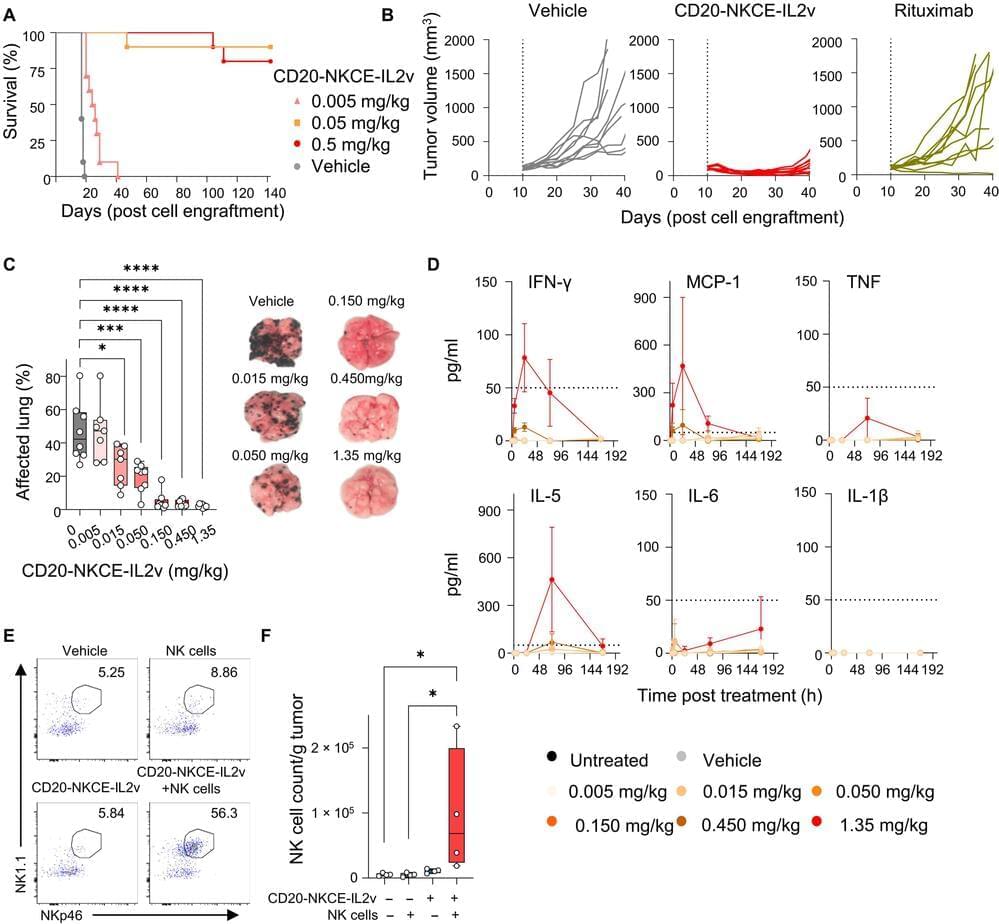Dec 21, 2024
New Pain Pathway Discovery Could Revolutionize Chronic Pain Treatment
Posted by Genevieve Klien in category: biotech/medical
Cellular research indicates that neuropilin-1 plays a crucial role in pain signaling, presenting a potential pathway for developing or repurposing treatments to manage chronic pain.
Researchers at the NYU Pain Research Center have identified a novel receptor for nerve growth factor (NGF) that plays a critical role in pain signaling, despite being unable to signal independently. These findings, published in the Journal of Clinical Investigation, could pave the way for new treatments for arthritis, inflammatory pain, and cancer pain—addressing the limitations of previous therapies that failed in clinical trials due to side effects.
“Nerve growth factor is unusual because it’s one of the few patient-validated targets for pain,” said Nigel Bunnett, professor and chair of the Department of Molecular Pathobiology at NYU College of Dentistry and the study’s senior author. “We wanted to think of a way of circumventing side effects in an effort to find safer, non-opioid therapies for arthritis and other forms of chronic pain.”


















